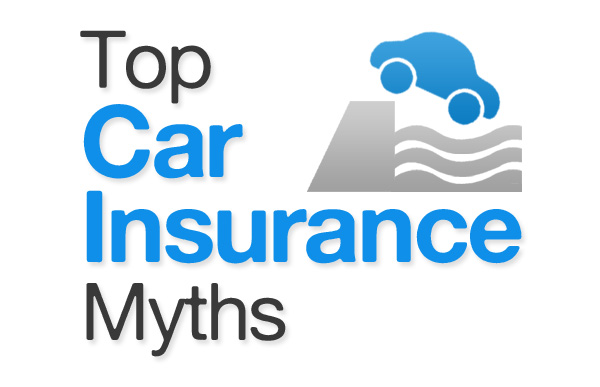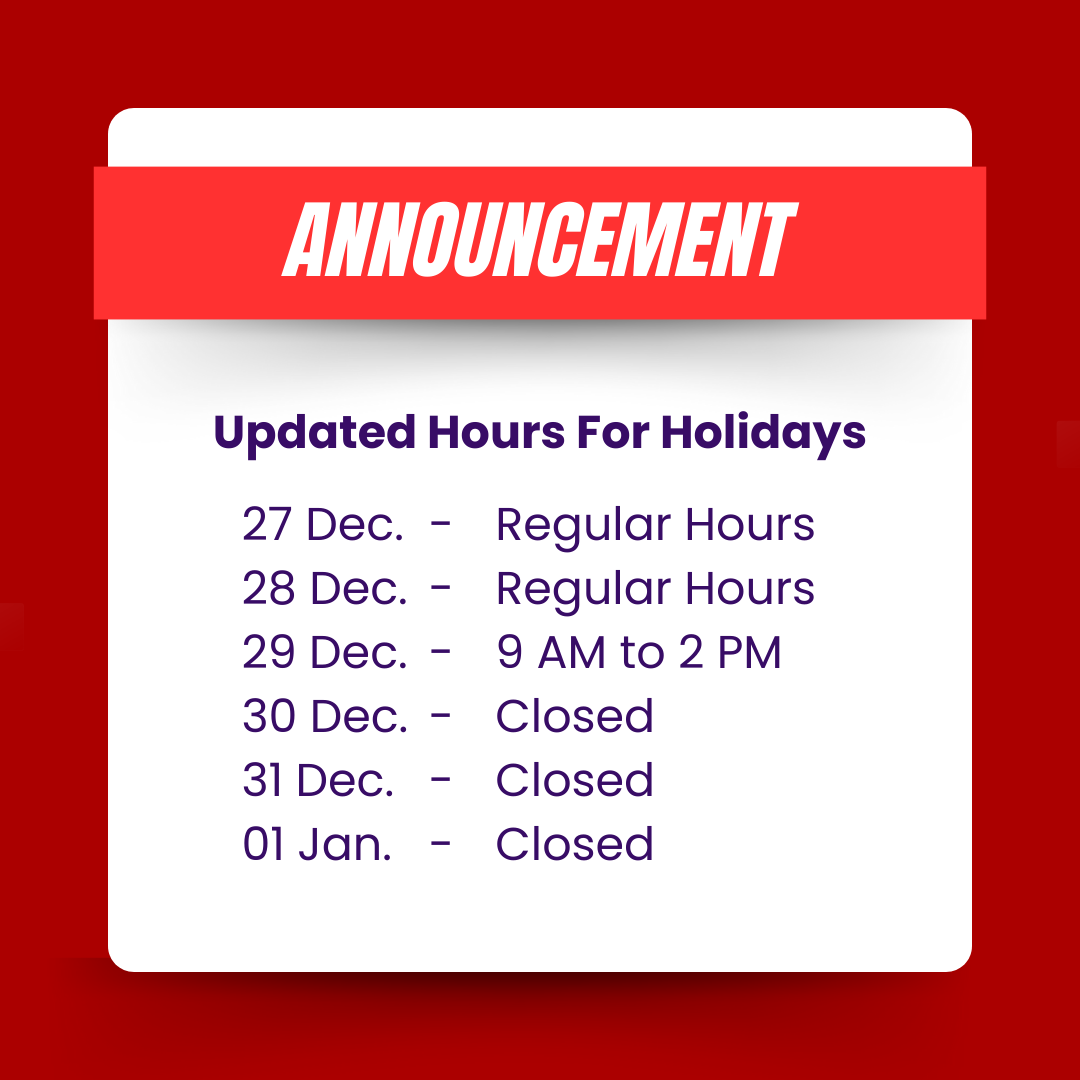Before people purchase auto insurance, they often ask how their auto insurance premium will be calculated. However, there are many factors that determine how much their premium will be every month. This article will help you better understand how car insurance rates are calculated so you can make a more informed decision.
How Is Your Auto Insurance Premium Calculated in Ontario?
Car insurance is highly regulated in Ontario. The Financial Services Commission of Ontario (FSCO) are in charge of regulating car insurance and the insurance business. The FSCO creates laws that impact people and insurance companies.
The FSCO manages more than 330 insurance agencies and just about 50,000 insurance agents. They additionally control different areas of the insurance business.
How Does the FSCO Approve Auto Insurance Premiums?
The FSCO manages all insurance premiums in Ontario. Insurance companies have individual rates for car insurance that vary depending on the type of people they insure. If the insurance company wants to change those rates in the future, they’re required to get it approved by the FSCO before they can start charging their customers the new rates. It’s the law, and these approvals occur on a quarterly basis.
Insurance companies may want to raise or lower their rates for various reasons. An example would be the cost of insurance claims.
For insurance companies to get their new rates approved, they must provide statistical data that supports their reasons for the rate change. For insurance companies to get their new rates approved, the law requires that their rates be reasonable, not excessive and that it’s not going to impair a company’s financial solvency.
The FSCO will review all of the data that the insurance companies provide them. They will accept or reject the rate change. If the FSCO rejects the rate change, insurance companies have the option of making amendments and submitting their amendments for approval. This process helps to protect people from insurance companies charging too much or too little for the groups of people they insure.
How Will Rate Changes Impact Auto Insurance Policies?
Many auto insurance policies are renewed annually. If the FSCO approves any rate changes, the customer will see the rate changes when their policy renews. The insurance company will notify customers of any rate changes 30 days before the policy renews. Customers will also see their new annual premium.
An insurance company may change an individual’s policy rates based on their recent driving habits. Examples would be traffic tickets or at-fault accidents. It’s important that people speak to their insurance company if they have any questions about changes to their rates.
Why Do Insurance Companies Charge Different Rates?
Insurance rates will vary in Ontario depending on the company people choose to do business with. Insurance companies determine their rates based on the group of people they choose to insure. These groups of people have various probabilities. Insurance companies charge rates based on what they think insurance claims will cost them.
If a group is more likely to cost the insurance company money, the insurance company will set higher rates for that particular group. Insurance companies may lower rates if they determine that a group of people have fewer insurance claims than what they predicted.
The insurance company simply calculates the number of people in the group and adds it to their predicted claims costs for the group to determine their insurance rates.
Why Do Individual Rates Vary?
There are many factors that determine an individual’s auto insurance premium.
The driver’s personal information is the first factor that is determined.
The first factor is how old the driver is. People who are under 25-years-old will usually have higher rates. Insurance agencies think that individuals who have more driving knowledge are less likely to get into an accident.
The next factor is where the driver lives. People who live in big cities will have higher insurance rates. People are more likely to get in an accident if there are more cars on the road. Cars are more likely to get stolen in bigger cities.
The type of car the driver drives is the second factor that is determined.
Certain makes and models are more likely to get stolen. Cars that are more likely to get stolen will be expensive to insure.
Another factor the insurance company will consider is how safe the vehicle is. Cars that get in more accidents are going to be expensive to insure. Some cars are safer than others. Cars that are safer are less likely to get into an accident.
List of top 10 stolen car models in Canada in 2016:
- 2007 FORD F350 SD 4WD PU
- 2006 FORD F350 SD 4WD PU
- 2005 FORD F350 SD 4WD PU
- 2004 FORD F350 SD 4WD PU
- 2003 FORD F350 SD 4WD PU
- 2015 TOYOTA 4RUNNER 4DR 4WD SUV
- 2003 CADILLAC ESCALADE 4DR 4WD SUV
- 2002 FORD F350 SD 4WD PU
- 2006 FORD F250 SD 4WD PU
- 2010 ACURA ZDX 4DR AWD SUV
List of top 10 stolen car models in Ontario in 2016:
- 2015 TOYOTA 4RUNNER 4DR 4WD SUV
- 2014 TOYOTA 4RUNNER 4DR 4WD SUV
- 2003 HUMMER H2 4DR AWD SUV
- 2003 CHEVROLET/GMC TAHOE/YUKON 4DR 4WD SUV
- 2015 LEXUS RX350/RX450h 4DR AWD SUV
- 2002 CADILLAC ESCALADE 4DR 4WD SUV
- 2015 ACURA MDX 4DR 4WD SUV
- 2011 LAND ROVER RANGE ROVER SPORT 4DR 4WD SUV
- 2004 CHEVROLET/GMC TAHOE/YUKON 4DR 4WD SUV
- 2005 CHEVROLET/GMC SUBURBAN/YUKON XL 1500 4DR 4WD SUV
The third factor will be the driver’s driving record.
Driving convictions will increase an auto insurance premium. Driving convictions may include speeding, reckless driving or impaired driving.
People who have any at-fault accidents will have higher premiums.
The insurance history of the driver is the fourth factor that is determined.
People who have previously paid their insurance premiums late or missed a payment may have a harder time purchasing a policy. People who miss payments are likely to have their policies canceled. These people may be forced to purchase insurance from another company, resulting in higher premiums.
The driver’s driving habits is the fifth factor that is determined.
People who use their vehicles for commuting will have higher premiums compared to people who use their vehicles for pleasure. People who drive long commutes will have higher rates.
People who drive longer distances will have higher insurance rates.
Final Words
If you want to learn more about how insurance rates are calculated, be sure to speak with your insurance broker. They’ll tell you how your driving profile impacts your insurance rates.
And finally, before you purchase insurance for your vehicle, be sure to shop around and compare rates. Shopping around and comparing rates will help you find the cheapest premium and always read the policy’s fine print before you make your purchase. Some insurance rates are cheaper because the policy doesn’t cover certain incidents.
If you based in Ontario and looking for insurance for your vehicle, business or property, talk to







